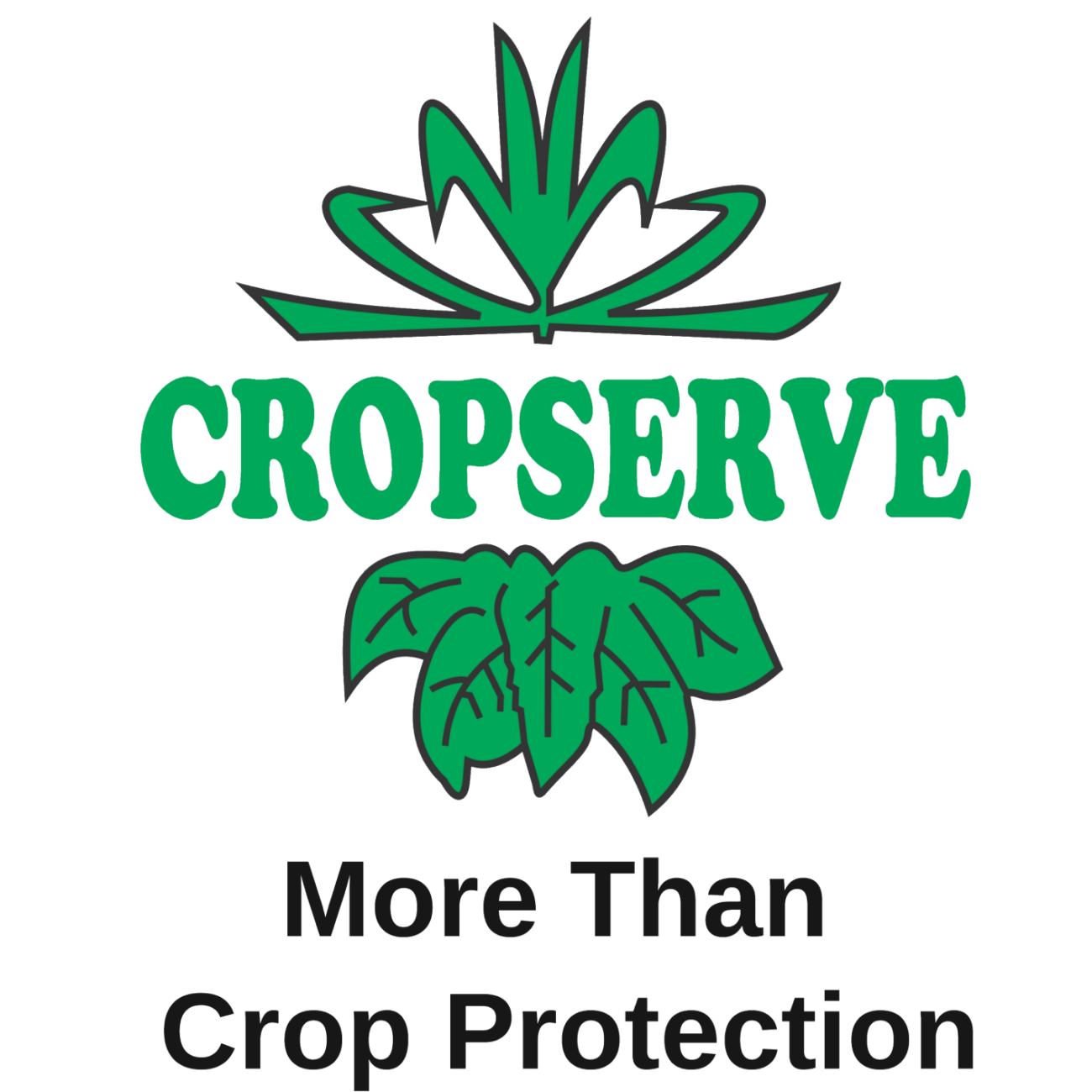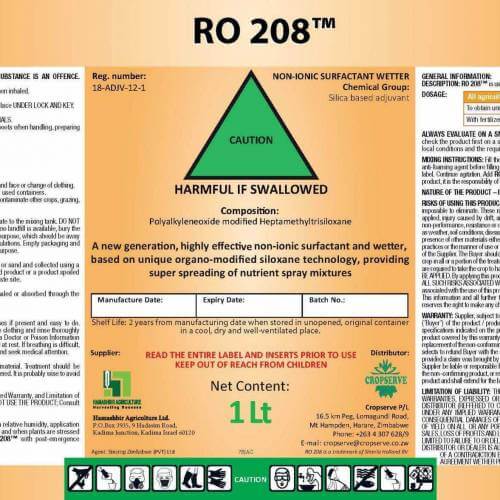Taxonomy: Spider mites are members of the Acari (mites) family, in the order Tetranychidae , which includes close to 1,200 species.
Description: Spider mites are < 1 mm (0.04 in) and vary in colour. They lay small, spherical, initially transparent eggs and many species make silk webbing to help protect the colony from predators. They get the "spider" part of their common name from this webbing. Hot, dry conditions are often associated with a build up of red spider mites. In Zimbabwe Red Spider Mites are a common pest in horticultural crops.
Distribution on the plant: They generally live on the undersides of leaves of plants, where they may spin protective silk webs.
Lifecycle: Under optimal conditions (approx 27 °C), some spps spider mites can hatch in 3 days then become sexually mature in as little as 5 days. One female can lay > 20 eggs per day and can live for 2 to 4 weeks, laying hundreds of eggs. The rapid reproductive rate can increase the potential for chemical resistance if the same chemicals are used over prolonged period.
Detriment to crops: Sapsucking weakening plants and transmitting plant virus
Monitoring remarks: Scout manually, look on the underside of the leaves particularly during hot dry weather.
Action threshold: Suppress when visually seen.
Control general remarks: Systemic products can be most effective at controlling spider mites, however, rotate with chemicals with different modes of action to prevent chemical resistance.
Contact a Cropserve agronomist for further information.
.
.
Sorry, no products matched your criteria.





